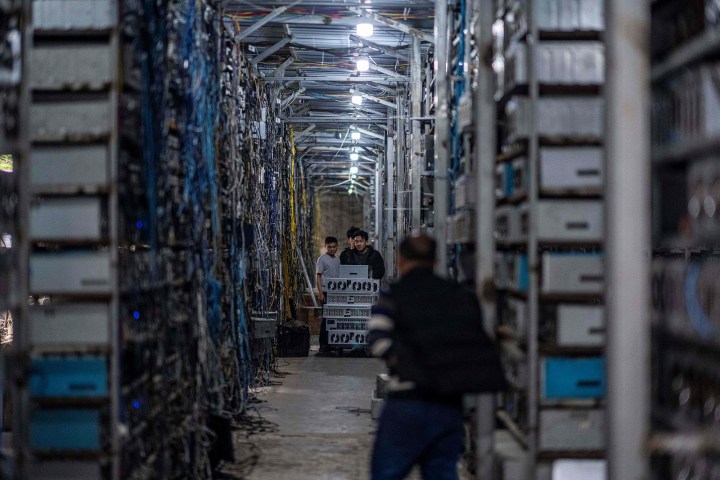Nvidia has just shared an interesting opinion on cryptocurrencies. According to the chipmaker, crypto doesn’t “bring anything useful for society.” The computational power of the best graphics cards is better spent elsewhere, says Nvidia.
What’s a better use for Nvidia GPUs? Like many others right now, Nvidia seems to be all about AI, and it appears to have a special interest in chatbots like ChatGPT and Bing Chat.

As reported by The Guardian, Nvidia seems to be distancing itself from the cryptocurrency sector. Michael Kagan, Nvidia’s chief technology officer, said that powering up AI-related tasks is more worthwhile than using Nvidia GPUs for crypto.
The opinion that crypto doesn’t bring much good to the world is shared by many people (and disputed by many, too). However, this is a hot take coming from Nvidia, which has benefited tremendously from cryptocurrency mining. During the height of the last crypto bull market, when mining was still possible, Nvidia undoubtedly reaped the fruits of crypto in the form of GPU sales.
These days, mining may not be dead, but it’s really difficult to make it worth the time, the money, and the power consumption. This is because Ethereum, which is the second-most popular cryptocurrency, can no longer be mined.
Nvidia never went out of its way to promote using its consumer GPUs for cryptomining, but the graphics cards were still bought out by miners in massive quantities. This was especially a problem during the GPU shortage, when most of the cards ended up either in the hands of crypto miners or in the hands of scalpers who would then resell them at a huge markup.
To its credit, Nvidia did try to prevent crypto miners from grabbing too many of its gaming GPUs. Many of its RTX 30-series graphics cards were made to be drastically less efficient at mining Ethereumdue to the Lite Hash Rate limiter (LHR). The tech constrained the GPUs mining capabilities. However, miners found ways to work their way around it. Besides, during the bull market, mining was profitable even with Nvidia’s LHR, which is why its graphics cards sold out regardless.

These days, crypto is struggling and miners no longer care for Nvidia’s GPUs, which is why Nvidia may finally feel free to share its stance.
“I never believed that [crypto] is something that will do something good for humanity. You know, people do crazy things, but they buy your stuff, you sell them stuff. But you don’t redirect the company to support whatever it is,” said Kagan.
Kagan sees a lot more potential for good in training chatbots like ChatGPT. Since Nvidia is typically better at handling AI workloads than AMD, many companies turn to its data center GPUs. The first version of ChatGPT was trained with the help of around 10,000 Nvidia graphics cards, and rumor has it that this number will increase exponentially. Microsoft is said to have bought tens of thousands of A100 GPUs for that purpose.
With crypto mining unlikely to make a huge comeback, it seems that Nvidia is looking to the future. Nvidia certainly recognizes the potential of ChatGPT, and unlike AMD, it’s ready in time for the AI boom.




